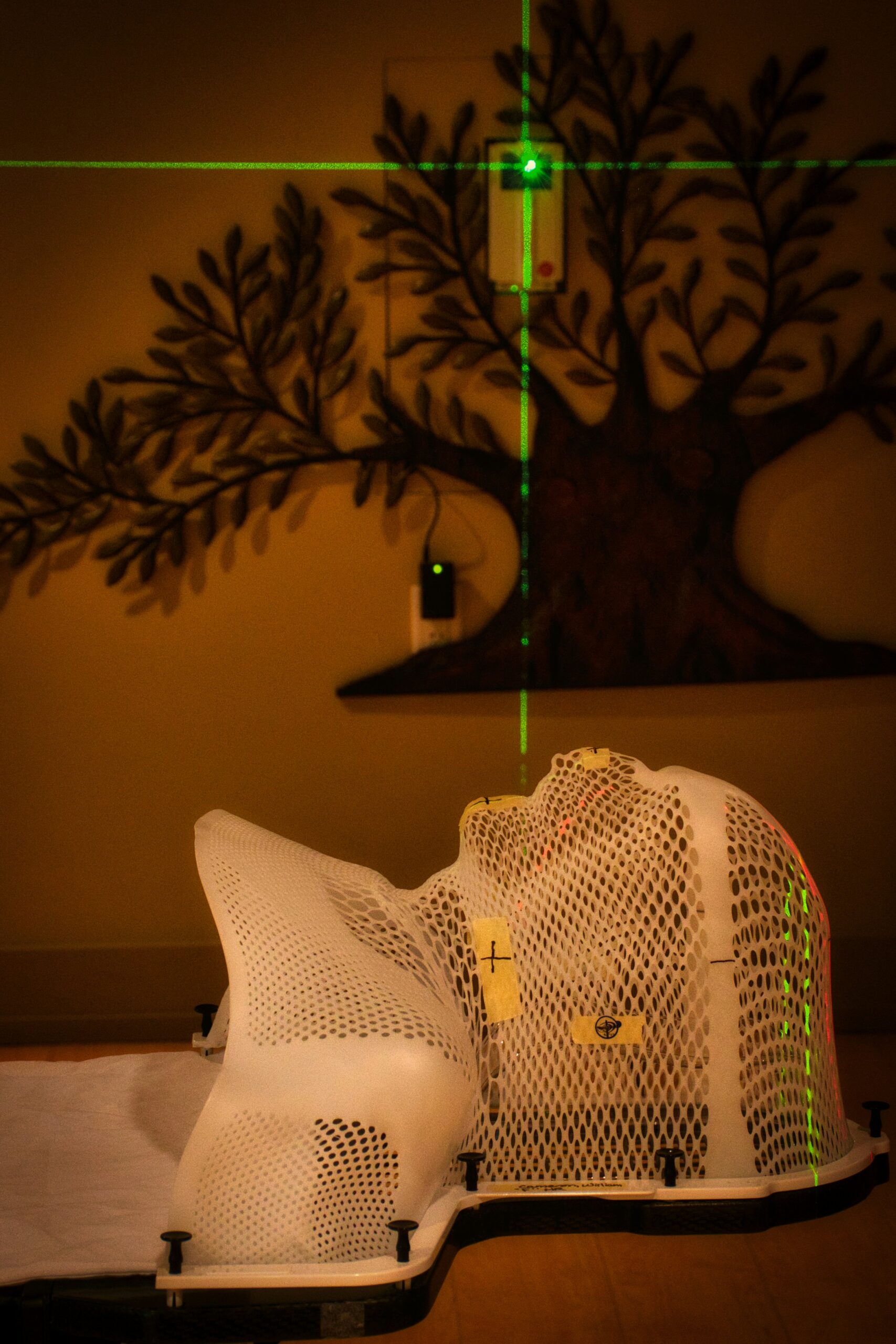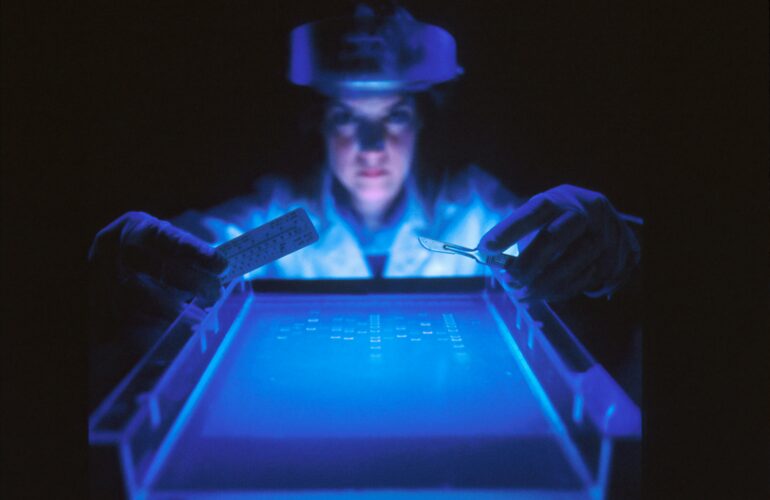Laser dentistry is revolutionizing dental care, offering a host of benefits that enhance precision, comfort, and healing in various dental procedures. As this advanced technology becomes more widespread, both patients and dental professionals are reaping the rewards of its many applications.
What is Laser Dentistry?
Laser dentistry involves the use of lasers to perform a variety of dental procedures. A laser is a device that emits a focused beam of light that can cut, vaporize, or shape tissue. In dentistry, lasers are used for both hard tissue (teeth) and soft tissue (gums) procedures. The adoption of laser technology in dental practices is growing rapidly due to its advantages over traditional methods.
Applications of Laser Dentistry
- Cavity Detection and Treatment:
- Detection: Lasers can detect cavities at an early stage by identifying early signs of tooth decay. This early detection allows for less invasive treatment options.
- Treatment: Lasers can remove decay within a tooth and prepare the surrounding enamel for a filling. This method is often less painful than traditional drilling, reducing the need for anesthesia .
- Gum Disease Treatment:
- Lasers are highly effective in treating gum disease. They can remove infected tissue and bacteria from the periodontal pockets, promoting better healing and reducing discomfort. The precision of lasers allows for targeted treatment, preserving more of the healthy gum tissue.
- Teeth Whitening:
- Laser-assisted teeth whitening is a popular cosmetic procedure. The laser activates a whitening agent applied to the teeth, speeding up the process and providing more immediate results compared to traditional whitening methods.
- Biopsies and Lesion Removal:
- Lasers can be used to perform biopsies, removing a small piece of tissue for examination. They are also effective in removing oral lesions and ulcers, often with less pain and quicker recovery times .
- Tooth Sensitivity Treatment:
- For patients with sensitive teeth, lasers can seal tubules on the tooth’s root, reducing sensitivity to hot and cold foods and beverages.




